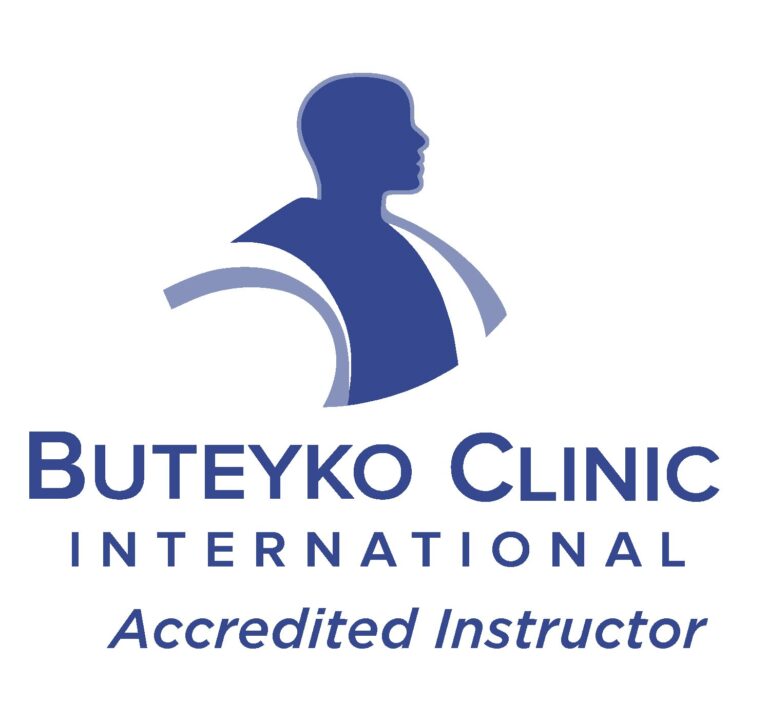
Form Follow Function
Form Follows Function and Function Follows Form: A Symbiotic Relationship
The concept of “form follows function” originated from architecture, emphasizing that the shape of a structure should be dictated by its intended purpose. However, when we think of human physiology, the inverse is also true: function often influences form.
Take, for example, the muscles in our bodies. When we use certain muscles repetitively, such as in exercise or physical labor, they adapt by growing stronger and altering their structure. In this way, function drives form, shaping our bodies according to the demands we place on them.
Similarly, in myofunctional therapy, the functionality of muscles in the mouth, jaw, and face plays a critical role in shaping facial structure and even oral health. A misalignment in how these muscles function can affect form, leading to issues like crooked teeth, improper jaw development, or poor posture.
On the flip side, structural abnormalities (like narrow dental arches or poor posture) can negatively affect how muscles function, further emphasizing the relationship between form and function.
In many aspects of health, whether in architecture or anatomy, form and function are two sides of the same coin, continually influencing and shaping one another. Addressing both is key to optimal design, whether you’re building a bridge—or a better smile.





